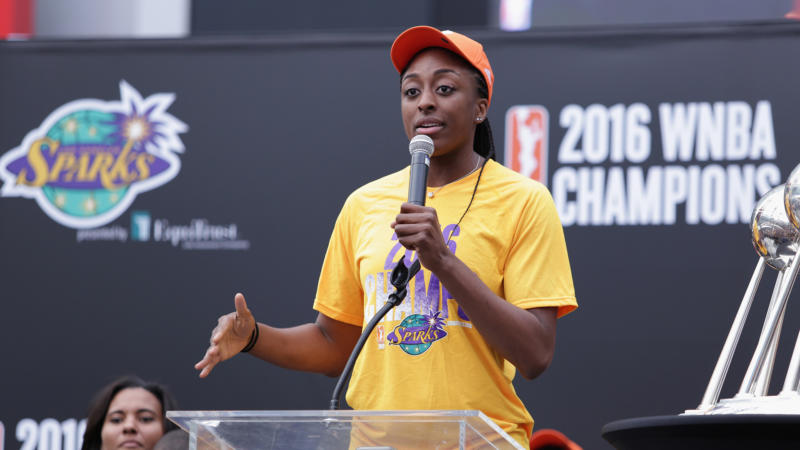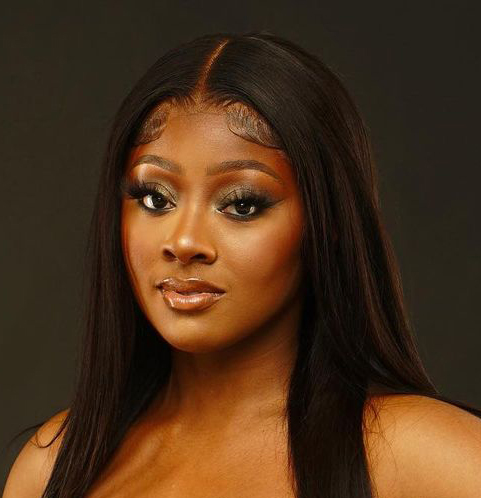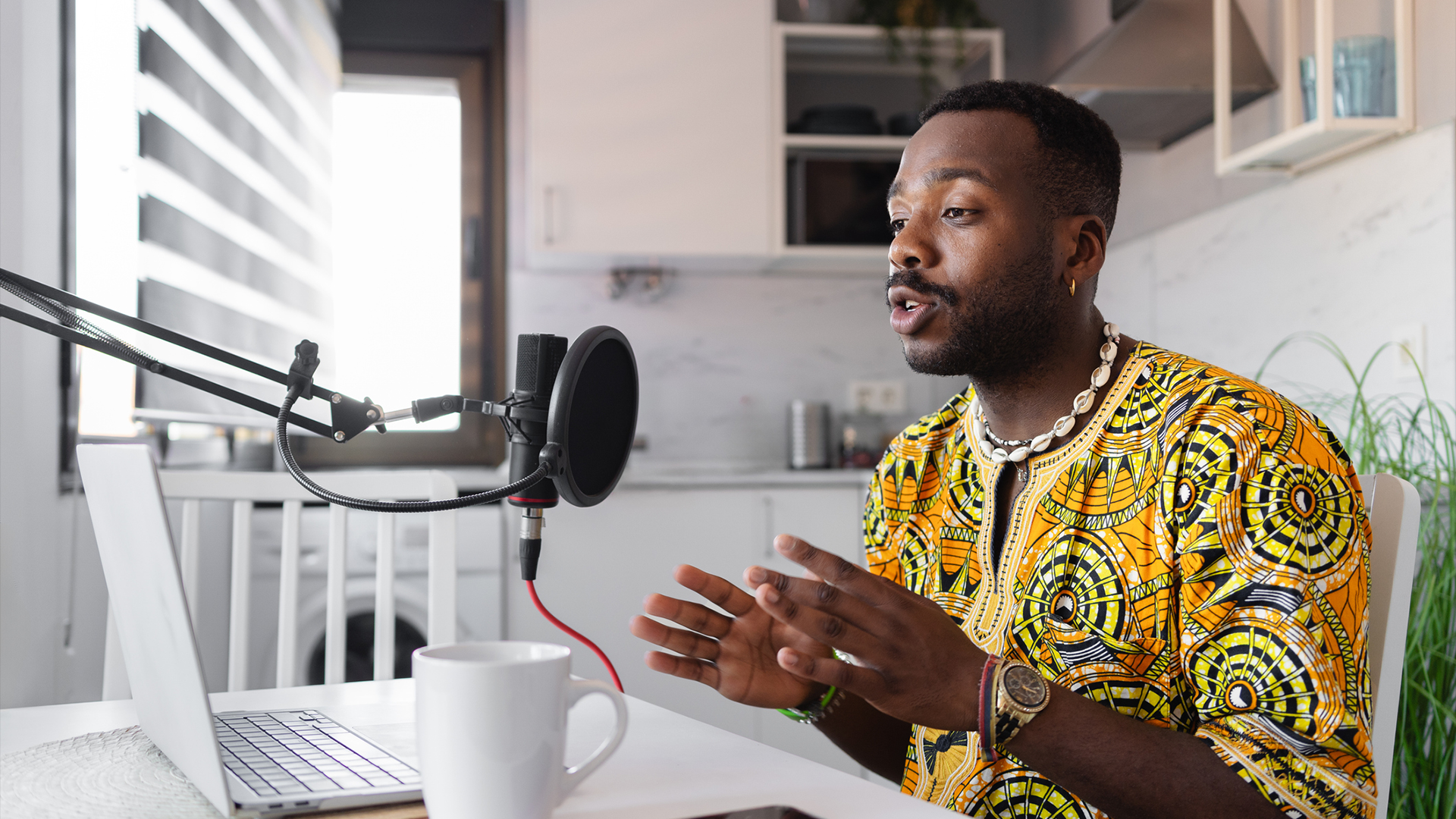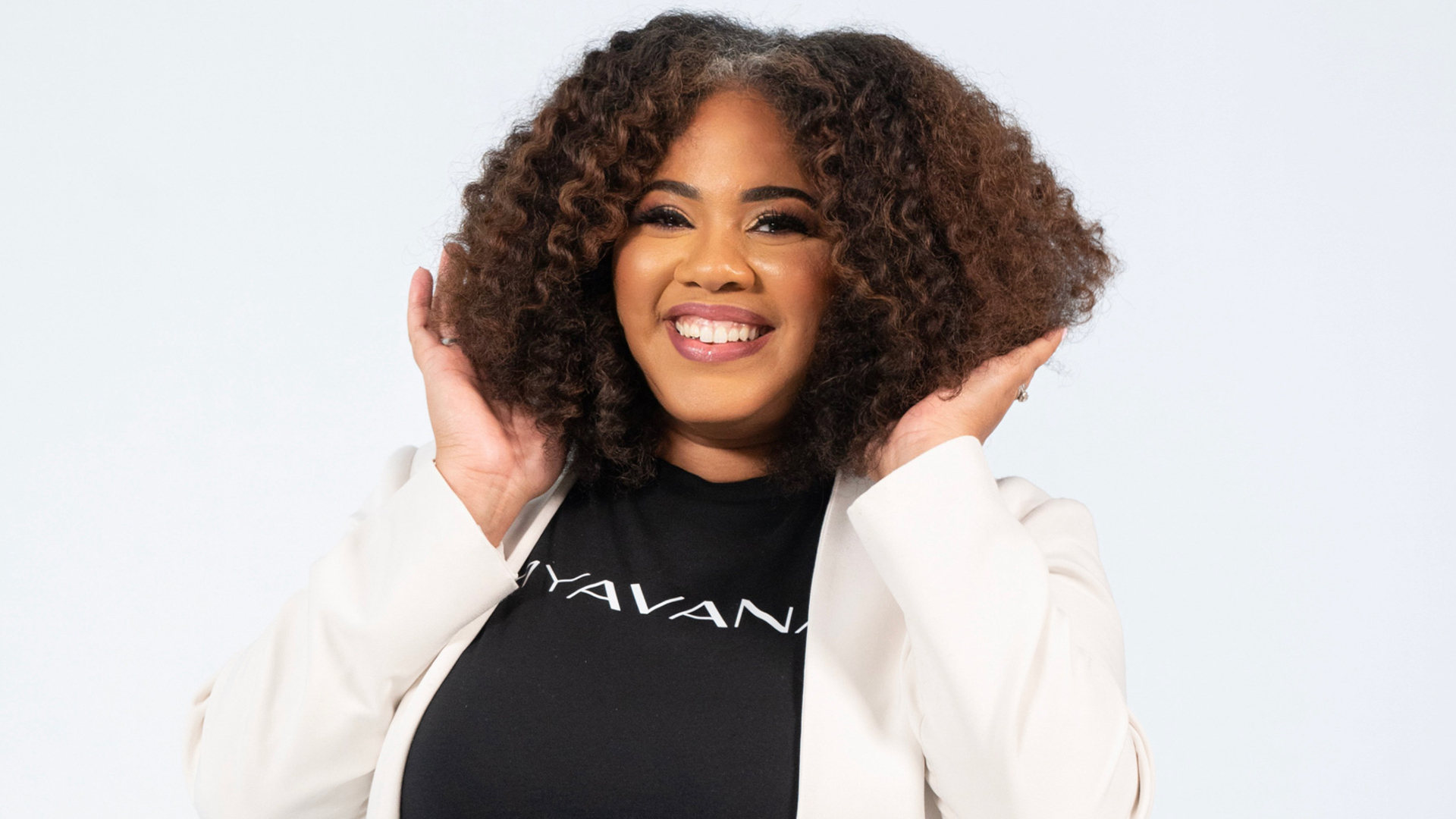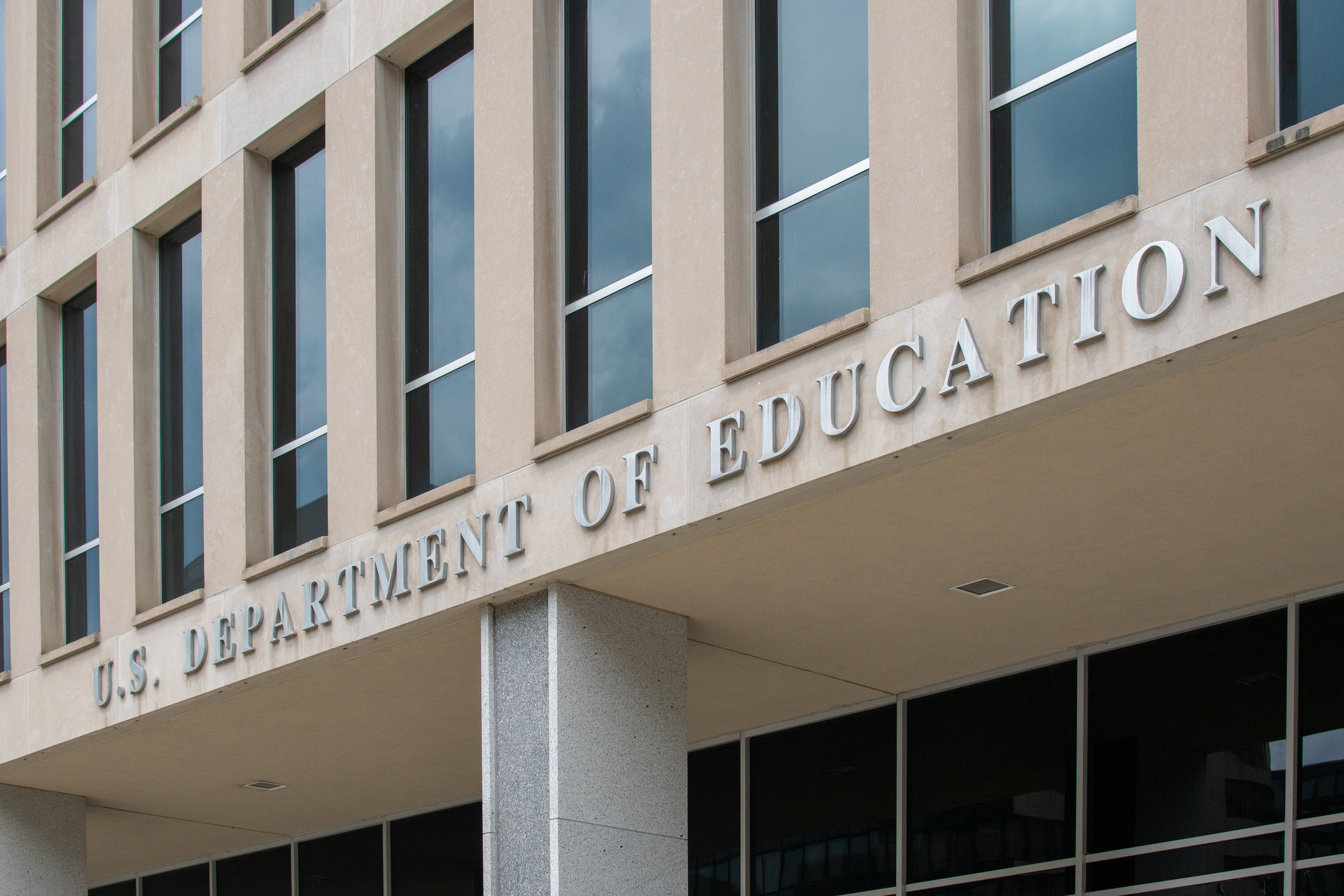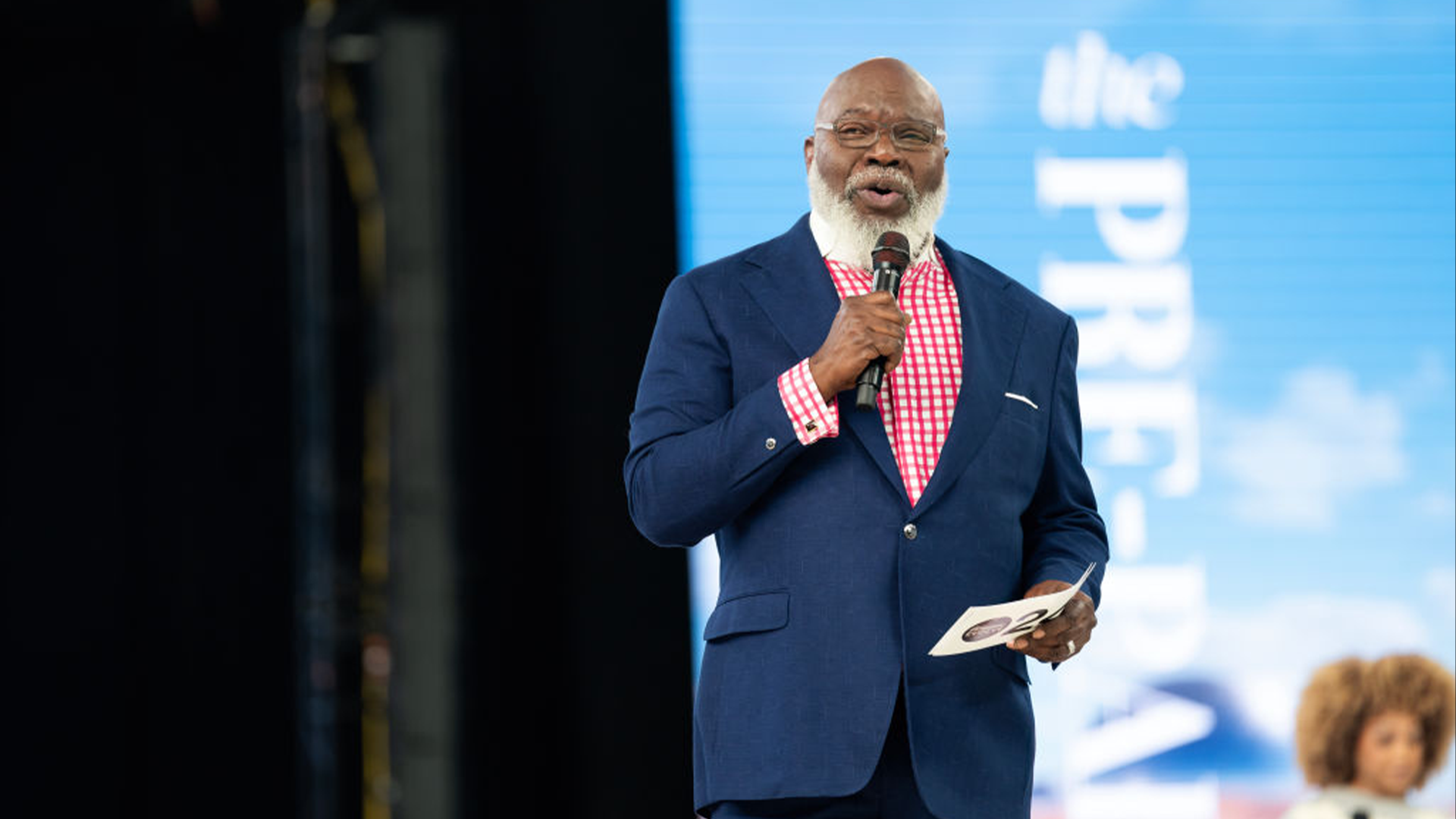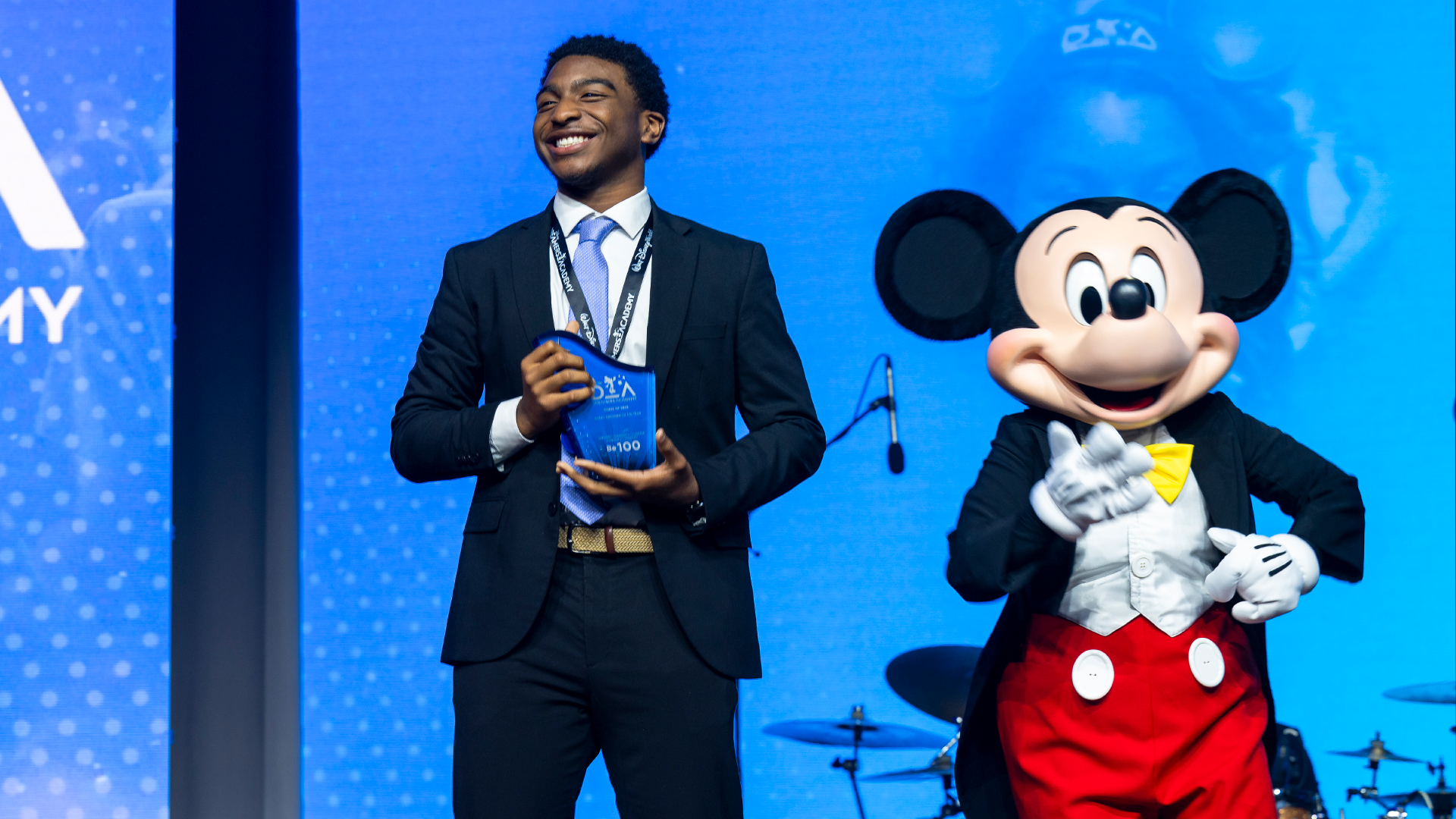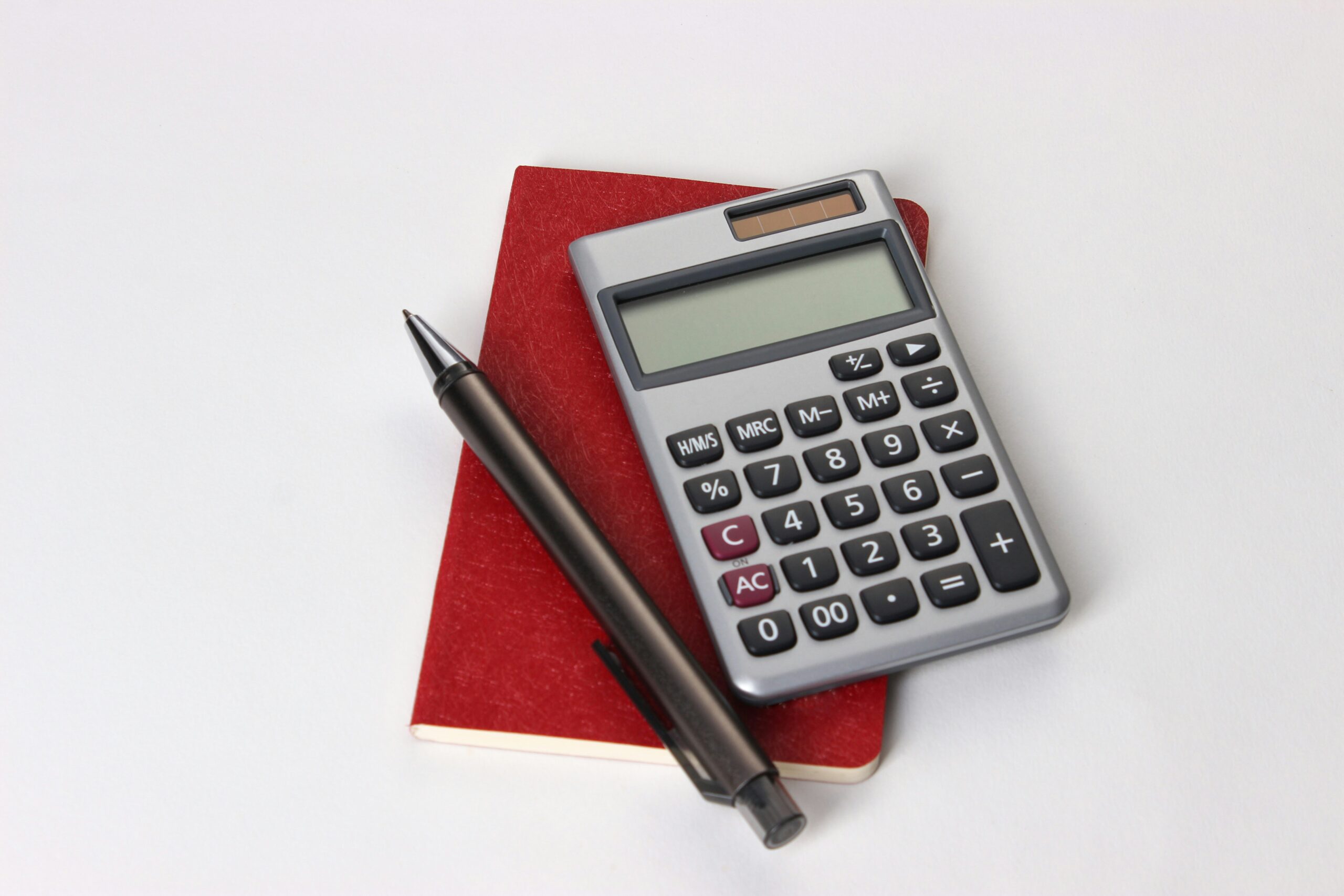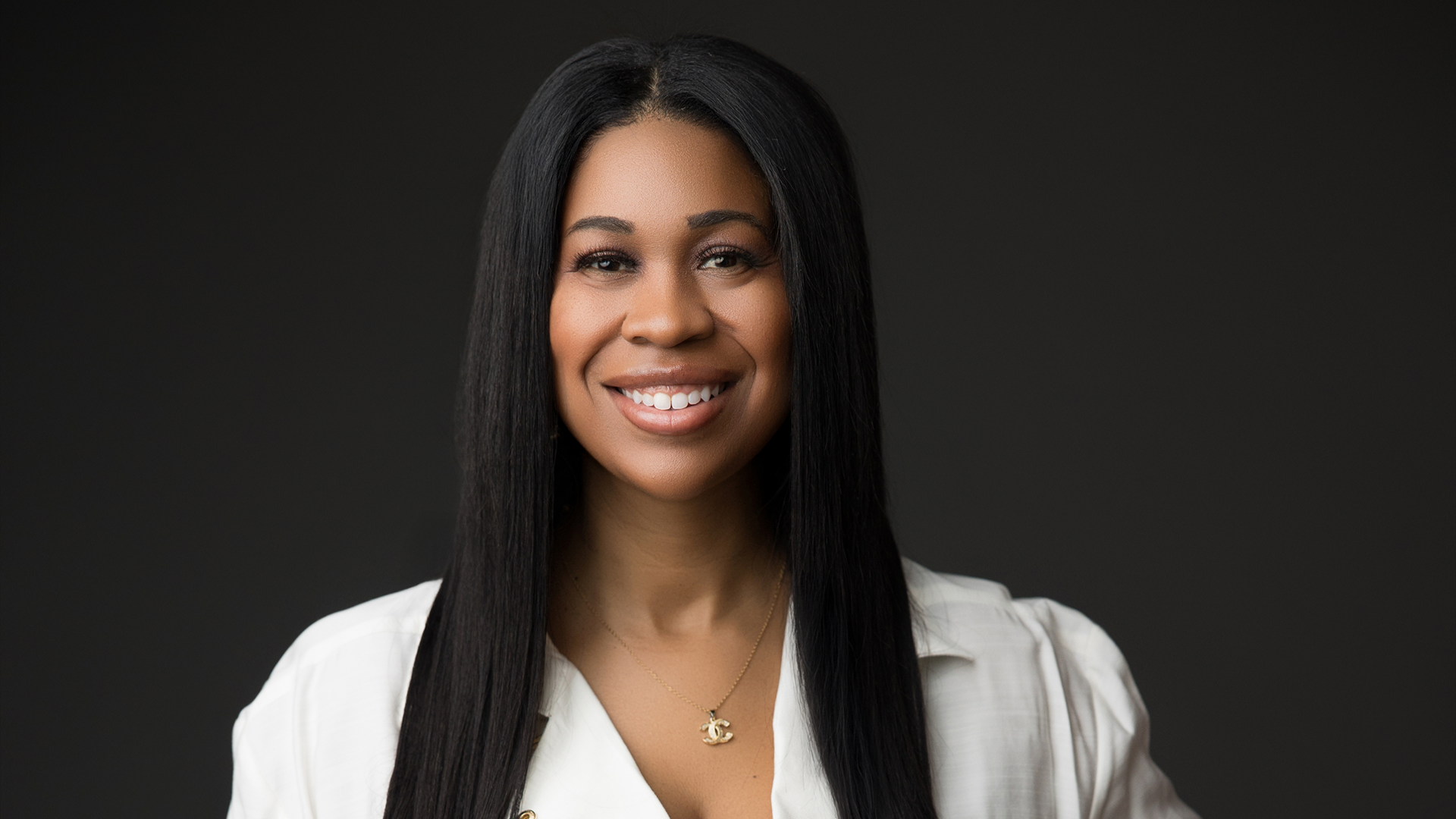Pay disparities between women and men athletes are a prominent issue that athletes have vocalized for decades but in more recent years companies are finally listening.
Amongst the top five most popular sports in the country, women were consistently underpaid in comparison to their male counterparts, according to a 2019 study from Adelphi University. The most striking disparity exists between the National Basketball Association (NBA) and the Women’s National Basketball Association (WNBA) with male athletes averaging over $8 million in player compensation in comparison to the $75,000 female athletes receive.
Women’s fight for equal pay has been a long-fought battle that has seen a string of victories over the last few years. In 2017, the USA Women’s Hockey team announced a strike to dispute unfair wages and earned a deal where they received an increase in salaries and performance bonuses.
In 2018, the World Surfing League became the first global league to award an even distribution of prize money to male and female athletes. And in 2019, the WNBA created a new agreement to honor women’s athletes with improved salary compensations and benefits including daily allowances, travel benefits, and job opportunities, Forbes previously reported. A huge milestone for women athletes, but the journey is not over.
1. WNBPA President Nneka Ogwumike Spearheads Change
Los Angeles Sparks All-Star and Women’s National Basketball Player Association (WNBPA) president Nneka Ogwumike has become a prominent leader seeking to improve the landscape in the WNBA. While the All-Star ranks amongst top-paid WNBA players, she still recognizes there is more work to be done within the organization. The WNBA player’s union coordinated efforts which led to a multi-year partnership with Parity, an online platform on a mission to connect athletes to brands.
“Pay equity has always been a point of emphasis for us when we’re advocating, not just for ourselves, but for women in the workplace,” Ogwumike said, according to Insider.
“Talking about supporting women is easy, but doing it takes another level of perspective and awareness to really step into that.”
2. Sponsorship Opportunities
One of the eminent ways for women athletes to be supported in the athletic world is through sponsorships. Generally, sponsorships are reserved for superstar athletes who are the faces of their organizations which can oftentimes leave players with less media attention in the dark. One of the leading goals for the partnership with Parity is to ensure all players will have equal opportunities to receive sponsorships through well-established corporate clients and small startups who are eager to work with rising WNBA stars.
“A lot of our discussions as [WNBPA] executive committee members were about making sure that no players left behind,” Ogwumike said. “So for a lot of players that may not necessarily be first in line to get the big deal or the ones who are considered more mid-level market players, this is a perfect way to ensure that everyone is valued. That’s certainly something that I was happy about when I was in discussions with Parity.”
3. What Will Parity Offer?
Through Parity, athletes will be able to find genuine partnerships with personalized profiles stating their interests to appropriately match brands to their needs. The mobile marketplace offers sponsorships from major companies such as Morgan Stanley, Microsoft, and Strava. Sponsorship opportunities will help to allocate greater financial resources in women’s sports, which research states only 0.4 percent of overall sponsorship dollars are distributed to women’s sports.
“The value that players of the WNBPA bring to brands through their authentic and powerful connections to their fans is a largely untapped resource. We hope to help move the needle for a more equitable revenue stream and an even higher profile,” Parity Co-CEO Minji Ro revealed in a statement.
